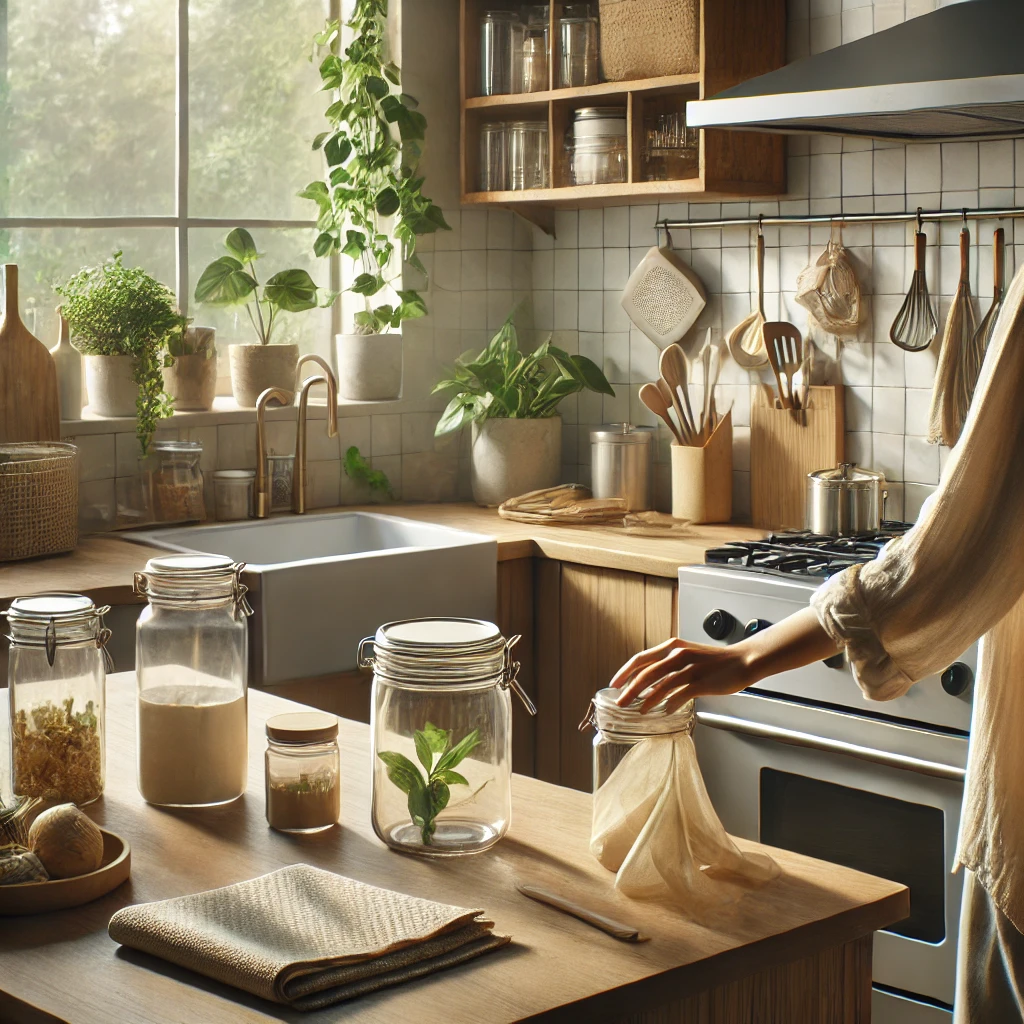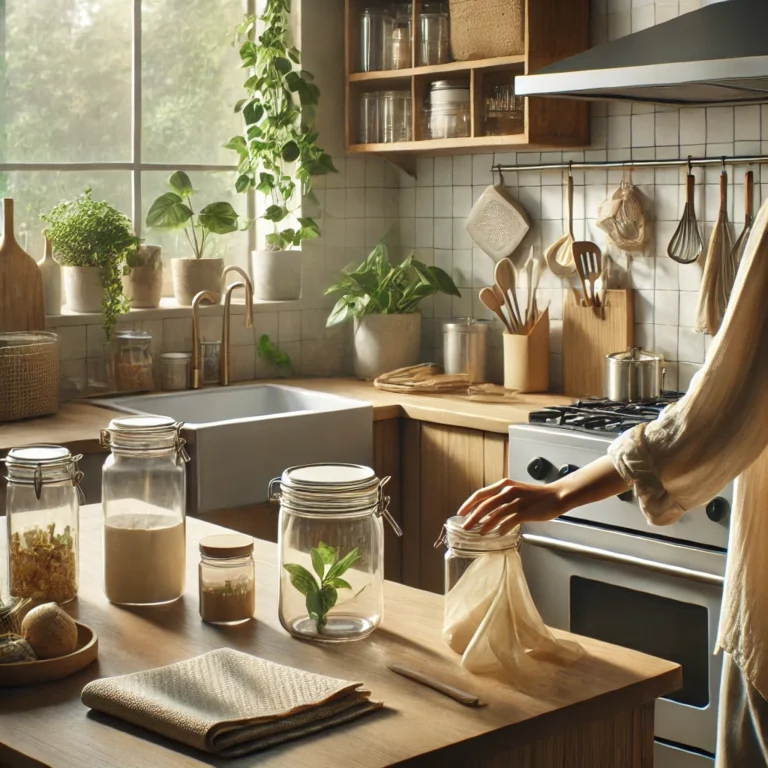Physical Address
304 North Cardinal St.
Dorchester Center, MA 02124
Physical Address
304 North Cardinal St.
Dorchester Center, MA 02124


Have you ever thought about how much of an impact your kitchen habits have on the environment? Many of us want to live more sustainably, but knowing where to start can be challenging. Let’s explore five simple, effective eco-friendly kitchen hacks that can help you create a greener home. These easy changes can fit into any lifestyle and make a positive difference.
Kitchens use a lot of resources, from water and electricity to single-use items like plastic wrap and paper towels. Reducing waste and conserving energy here can have a big impact on your overall footprint. With just a few quick changes, you can make your kitchen a more eco-friendly space.
Food waste is a global issue, and by making the most of leftovers, you’re not just saving money—you’re also helping the planet. The UN Food and Agriculture Organization estimates that one-third of food produced globally is wasted. Making small changes to reduce this waste can go a long way.
Practical Tip: Keep a “use first” bin in your fridge for items that need to be eaten soon. This way, you can turn leftover veggies into soups, pastas, or even new recipes. Have a stale loaf of bread? Try making croutons or breadcrumbs! Not only will this reduce waste, but it’s also budget-friendly.
A reader from Sydney shared that organizing her fridge this way has saved her money and simplified meal planning.
Learn more about food waste and its impact.
Single-use plastics, like cling wrap and plastic bags, are some of the biggest culprits of pollution. Swapping them out for eco-friendly options is easier than you might think. Beeswax wraps, silicone bags, and glass containers are great alternatives.
Example: One of our team members switched to beeswax wraps and found her food stayed fresh longer while reducing plastic waste. Try it with a homemade wax wrap, or check out a brand near you that uses natural, reusable materials.
Be mindful that different regions may have unique options available. For instance, furoshiki in Japan is a traditional wrapping cloth used for everything from groceries to gifts. Simple swaps like these can significantly cut down on plastic use and bring creativity into everyday tasks.
Did you know that using cold water in the kitchen can save a substantial amount of energy? While it’s not always feasible, rinsing produce and soaking grains or beans in cold water instead of hot can reduce your energy use.
If you’re boiling water for pasta, try covering the pot—it will heat up faster, saving both time and energy. Many people don’t realize that small adjustments like these can really add up over time.
Energy-efficient appliances are fantastic, but they’re even better when used wisely. For example, avoid opening the oven door repeatedly while cooking—it causes the temperature to drop and makes your oven work harder. Batch-cooking or using a pressure cooker are other great ways to make the most of your energy-efficient appliances.
If you’re in the market for a new appliance, consider models with the ENERGY STAR label, which are designed to use less energy. This certification can vary by country, so check for locally approved energy-saving standards.
Paper towels are convenient, but switching to reusable cloths or napkins can significantly reduce waste. Whether it’s a kitchen cloth for cleaning spills or a cloth napkin for meals, reusables can be washed and used over and over.
Example: In Sweden, many homes use cellulose cloths, which are eco-friendly, biodegradable, and can be cleaned easily. In Canada, a reader shared that switching to cloth napkins has made family dinners feel a bit more special and reduced waste significantly.
Reusable items last longer, reduce waste, and, as one reader told us, “they just look better on the table.”
Every small step counts when it comes to sustainability. What are your favorite eco-friendly kitchen hacks? Whether you’re already implementing these ideas or just starting, we’d love to hear about your journey. Together, we can make everyday choices that contribute to a greener world.